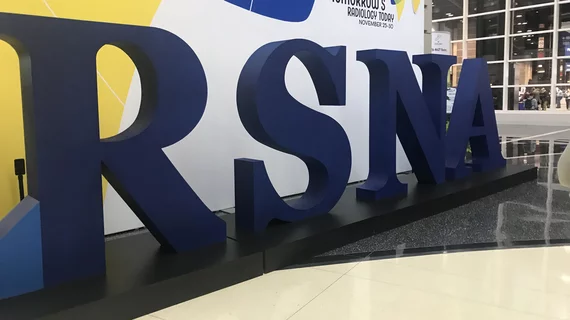RSNA 2019 to feature new, larger AI Showcase
RSNA announced Wednesday, July 31, that it would be expanding its AI Showcase at RSNA 2019 in Chicago.
The new approach for 2019 includes placing the AI Showcase in a “new, larger space” that will serve as a “central hub of AI activities” for attendees. The area is expected to feature an open-air theater hosting 20-minute vendor presentations, displays from more than 100 AI companies, a hands-on classroom for seeing solutions in action and specific regions dedicated to networking and relaxing.
“Many RSNA meeting attendees seek out AI subject matter,” Steve Drew, RSNA assistant executive director of scientific assembly, informatics and corporate relations, said in a prepared statement. “Creating an encompassing showcase on artificial intelligence for exhibitors, educators and researchers will create a dynamic environment for our attendees.”
“High interest by commercial companies and meeting attendees led to this exciting development,” John Jaworski, CEM, director of meetings and exhibition services of RSNA, said in the same statement.
RSNA 2019, with its central theme of “See Possibilities Together,” is scheduled for Dec. 1 through Dec. 6 at McCormick Place in Chicago. AI-focused Radiology Business coverage of RSNA 2018 can be read here, here and here.

